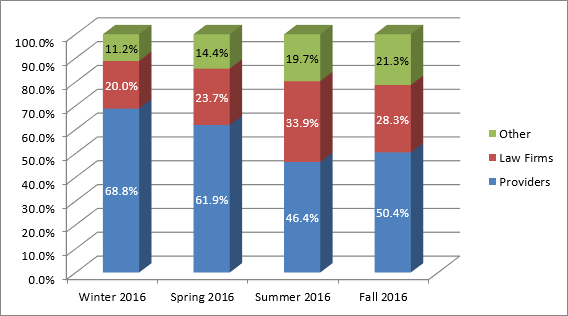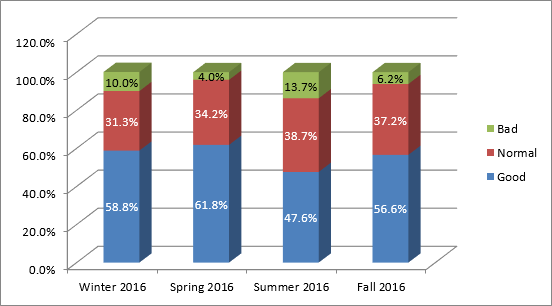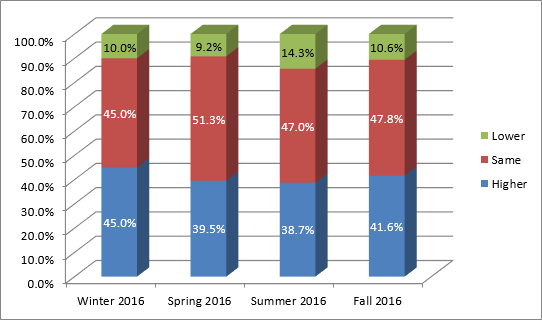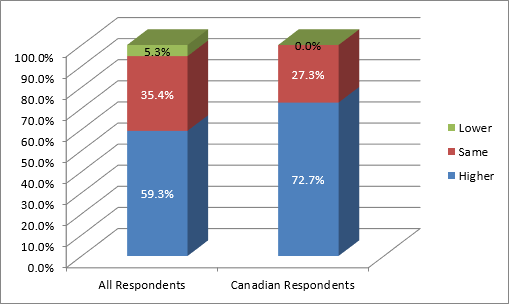WHY I Do What I Do: eDiscovery Reflections
It’s a rare two post day for us here at eDiscovery Daily. To check out the other post today, click here.
One of the things I like most about working at CloudNine is the company culture and one of the things that has been instrumental in defining and shaping our company culture is our company book club. We’ve reviewed and discussed several books over time that have helped us define our core values and refine our mission statement (e.g., Good to Great, by Jim Collins). We’ve also discussed how to strive to create an amazing experience for our clients (The Cult of the Customer, by Shep Hyken), which was one of the factors behind deciding to rename our company as “CloudNine” back in 2011 (as in putting our clients “on CloudNine”, get it?).
Earlier this week, we concluded reading and discussing the book Start with Why (by Simon Sinek) where he talks about starting with “WHY” we do what we do and how organizations (such as Apple, Harley Davidson and Southwest Airlines) that have established a clear “WHY” they do things have succeeded. He even discussed how the leaders of those organizations had their respective “WHY” instilled in them early, such as Steve Jobs and Steve Wozniak, who grew up in Northern California during the Vietnam War era when young people rebelled against the idea of government control over their lives. Sinek talks about how Jobs and Wozniak created Apple with an idea of giving power to the individual – a “WHY” which has enabled Apple to establish an almost cult-like loyalty by users of Apple products.
During book club discussion, we related the topic of “WHY” we do things back to our own company and what CloudNine is all about, which is to Simplify the Discovery Process. That’s our mission statement and our CEO, Brad Jenkins, relayed a story about the first major project our company worked on – a 10,000 box scanning project with locations all over the country early in our company’s history (we were founded back in 2002 when large scanning projects were much more common). Back then, the client wanted an easier way to retrieve images without having to resort to using hundreds of CDs, so that led to development of the original version of the CloudNine platform to simplify that process by enabling clients to retrieve those images online more effectively.
Simplifying the discovery process has been a continual emphasis over our 14 years of existence ever since and we do that through our discovery automation technology, our professional services and through education (via resources like this blog and webinars).
Reading books like Start with Why can be thought-provoking and discussing the book in book club got me thinking about WHY I do what I do and how it fits in with our company WHY. What I realized is that my entire career (even my college education where I chose a management information systems concentration for my business degree from Baylor University, because I wanted to maximize the usefulness of information using technology) has been focused on simplifying processes and since the majority of my career has been in litigation support and eDiscovery, that focus has been directed toward simplifying the discovery process.
Here’s an example: Back in the late 80’s (yes, I am that old), I worked on a project where the team developed a Computer Assisted Retrieval system – for microfilm. The client had millions of pages on microfilm cartridges and a database to track them all, but it was very cumbersome to locate and print each document image for production purposes. The application that was developed was designed to take the list of documents retrieved from a search (which was exported to a list and then imported into the application), connect to an attached microfilm reader-printer, prompt the operator to insert the first microfilm cartridge and then print the selected images off of each cartridge. Each page on each microfilm cartridge had a mark and the application counted the marks as the reader printer advanced through the roll to locate the correct page(s) for printing.
The application was very cool for its time, when it worked (it could be a bit temperamental at times). I even wrote an article about it back then, which was published in a legal tech newsletter (good luck finding a copy). Regardless, it was instrumental in streamlining the process for retrieving documents retrieved by a database search for this particular client.
Over the years, I’ve provided a number of consulting, management and professional services to clients, all of which helped them simplify the discovery process in some way or another (admittedly, most of those projects weren’t as cool as the project I described above). As a result of discussing our company “WHY” in book club, I realized that my own “WHY” has mirrored the company “WHY” – long before I joined the company 6 1/2 years ago (or even before the company was founded 14 years ago).
The holiday season can be a time for reflection and, as I reflect this holiday season, I consider myself lucky and blessed. Lucky and blessed to enjoy doing what I do, lucky and blessed to work for a company whose mission statement reflects what I enjoy doing and have been doing for 25+ years. Aside from that, I consider myself most lucky and blessed to have my wonderful wife Paige and our terrific kids Kiley and Carter in my life.
I hope each of you are lucky enough to have a job where you get to do what fits your “WHY” and blessed to have wonderful people in your lives and I thank each of you for reading our blog. Happy Holidays from CloudNine and, as always, please share any comments you might have or if you’d like to know more about a particular topic.
eDiscovery Daily is taking a break for the holidays and will return on Tuesday, January 3.
Disclaimer: The views represented herein are exclusively the views of the author, and do not necessarily represent the views held by CloudNine. eDiscovery Daily is made available by CloudNine solely for educational purposes to provide general information about general eDiscovery principles and not to provide specific legal advice applicable to any particular circumstance. eDiscovery Daily should not be used as a substitute for competent legal advice from a lawyer you have retained and who has agreed to represent you.











